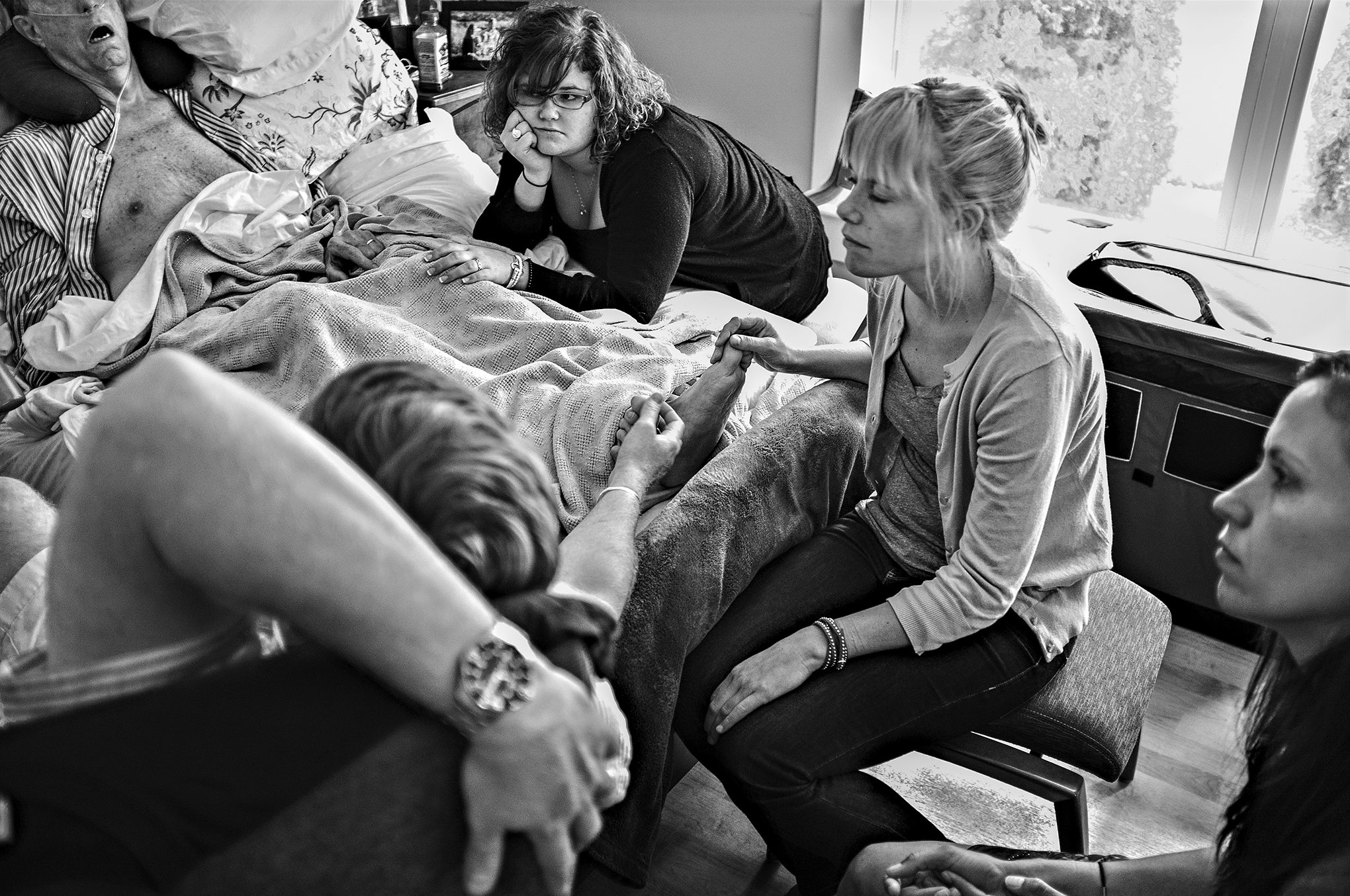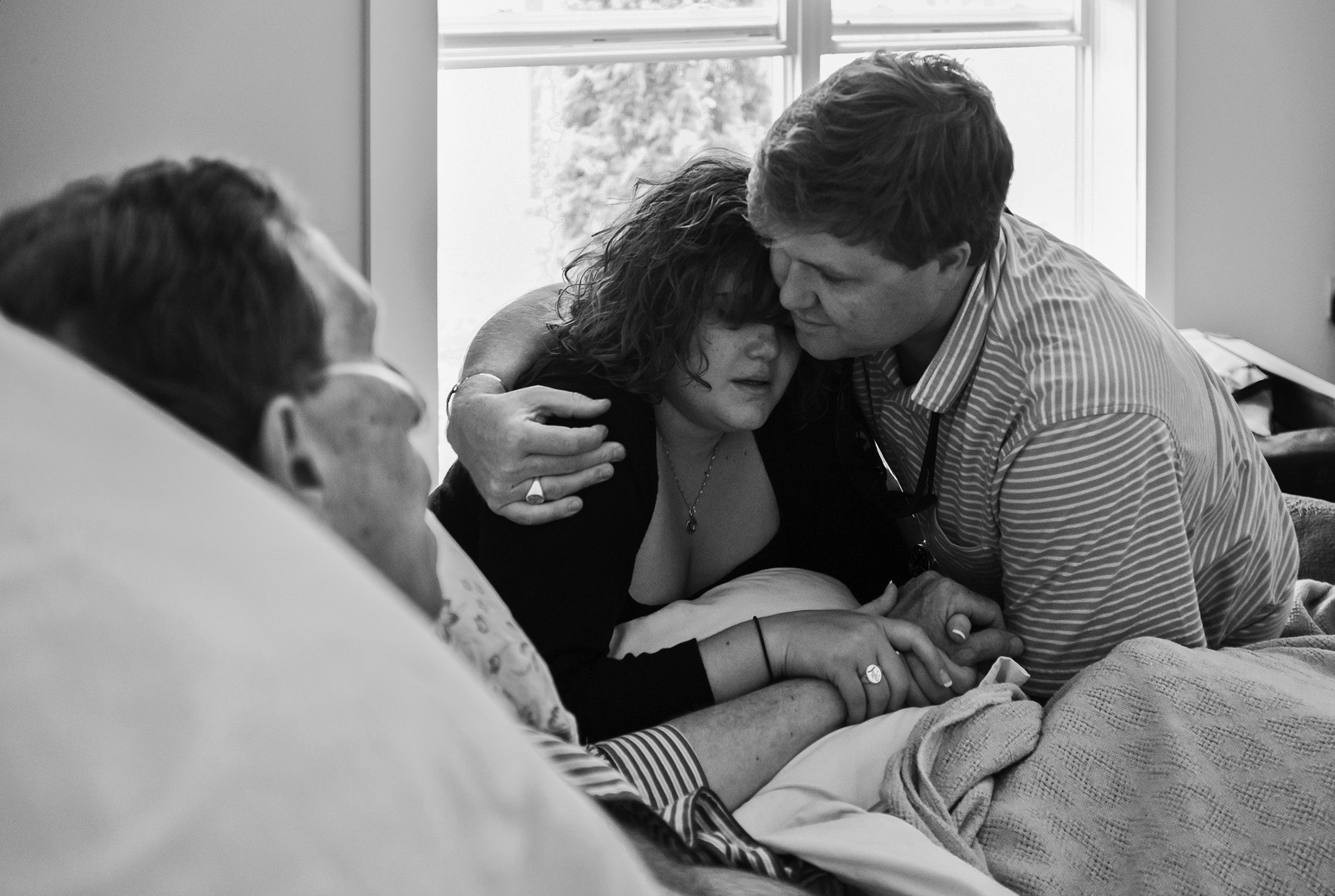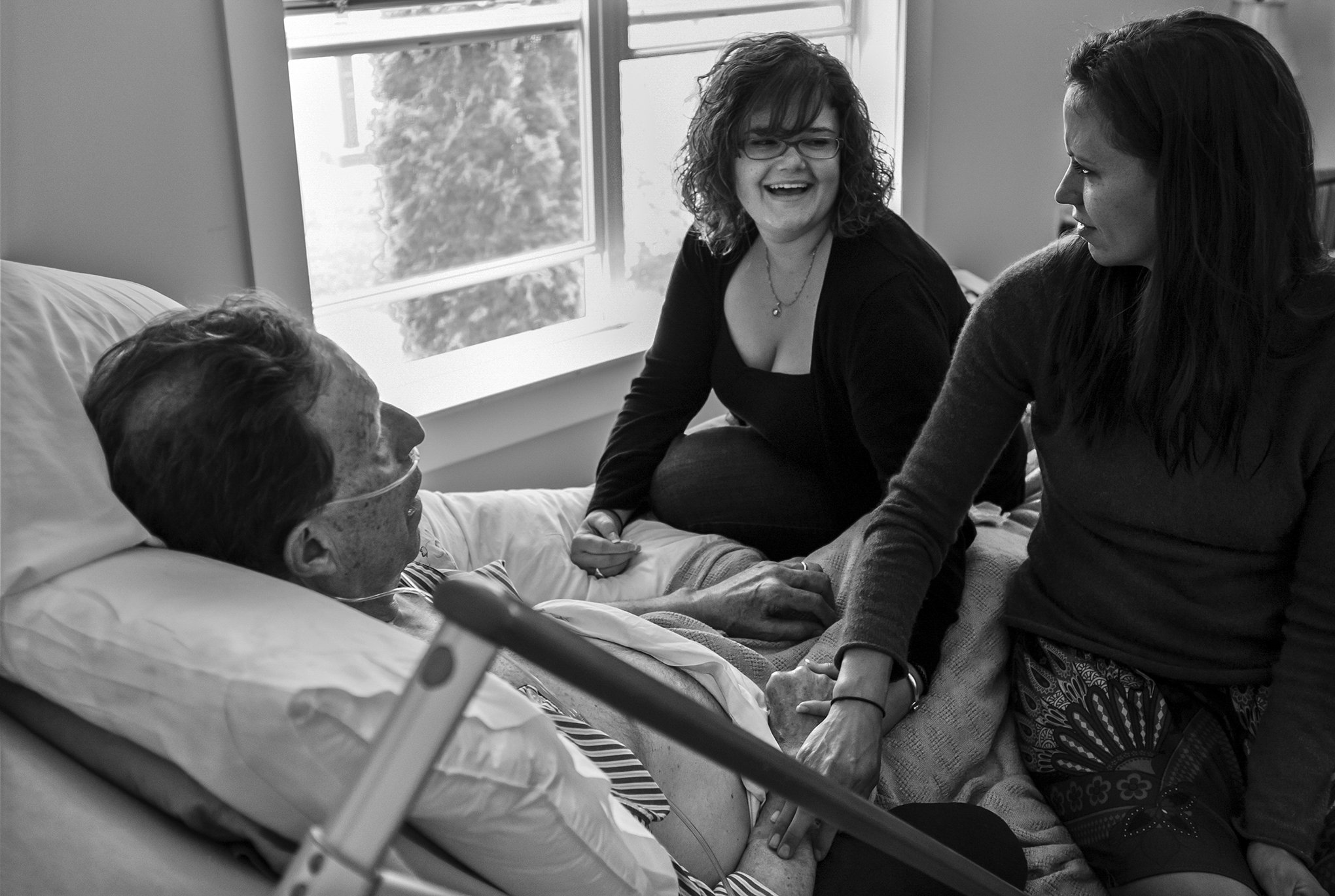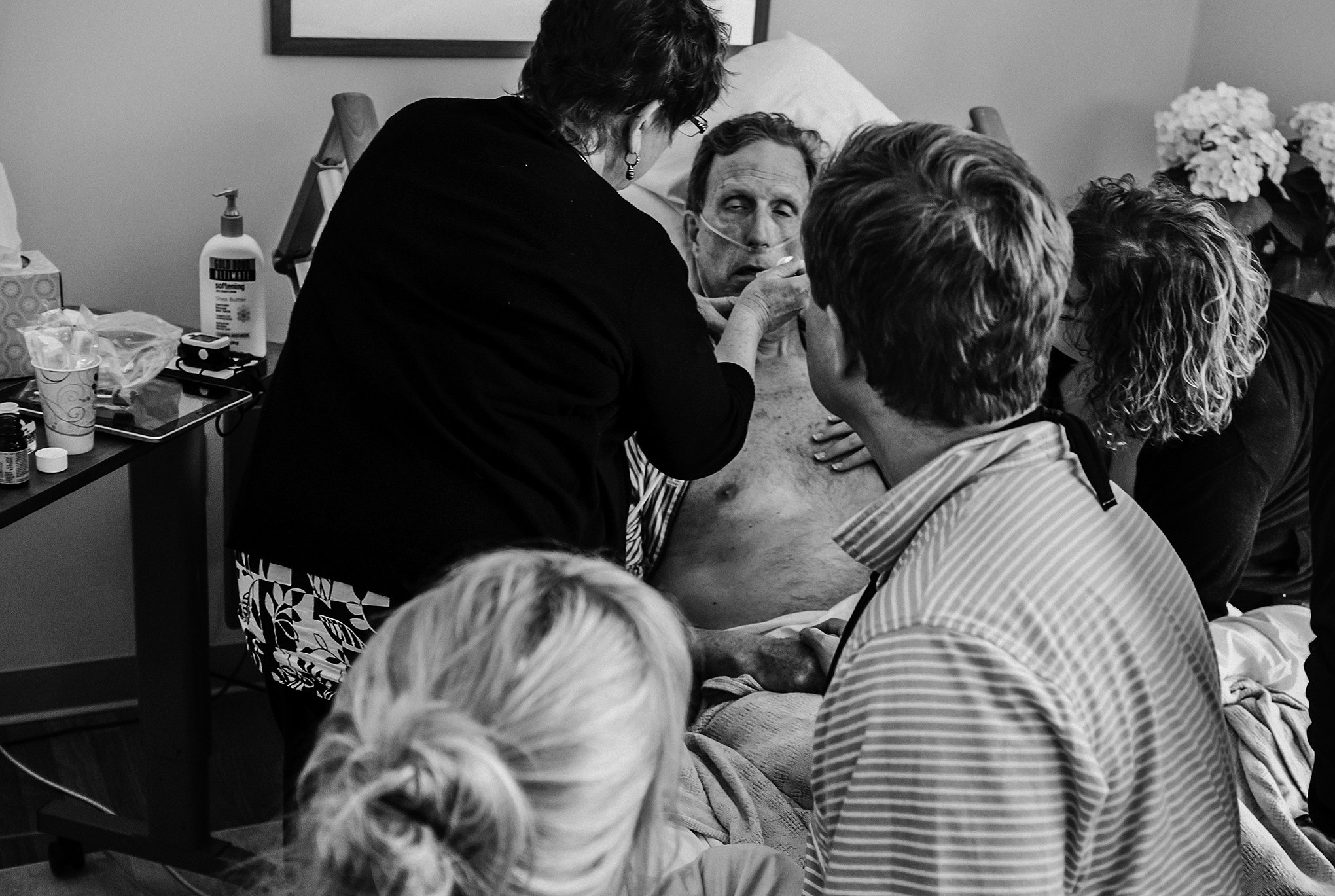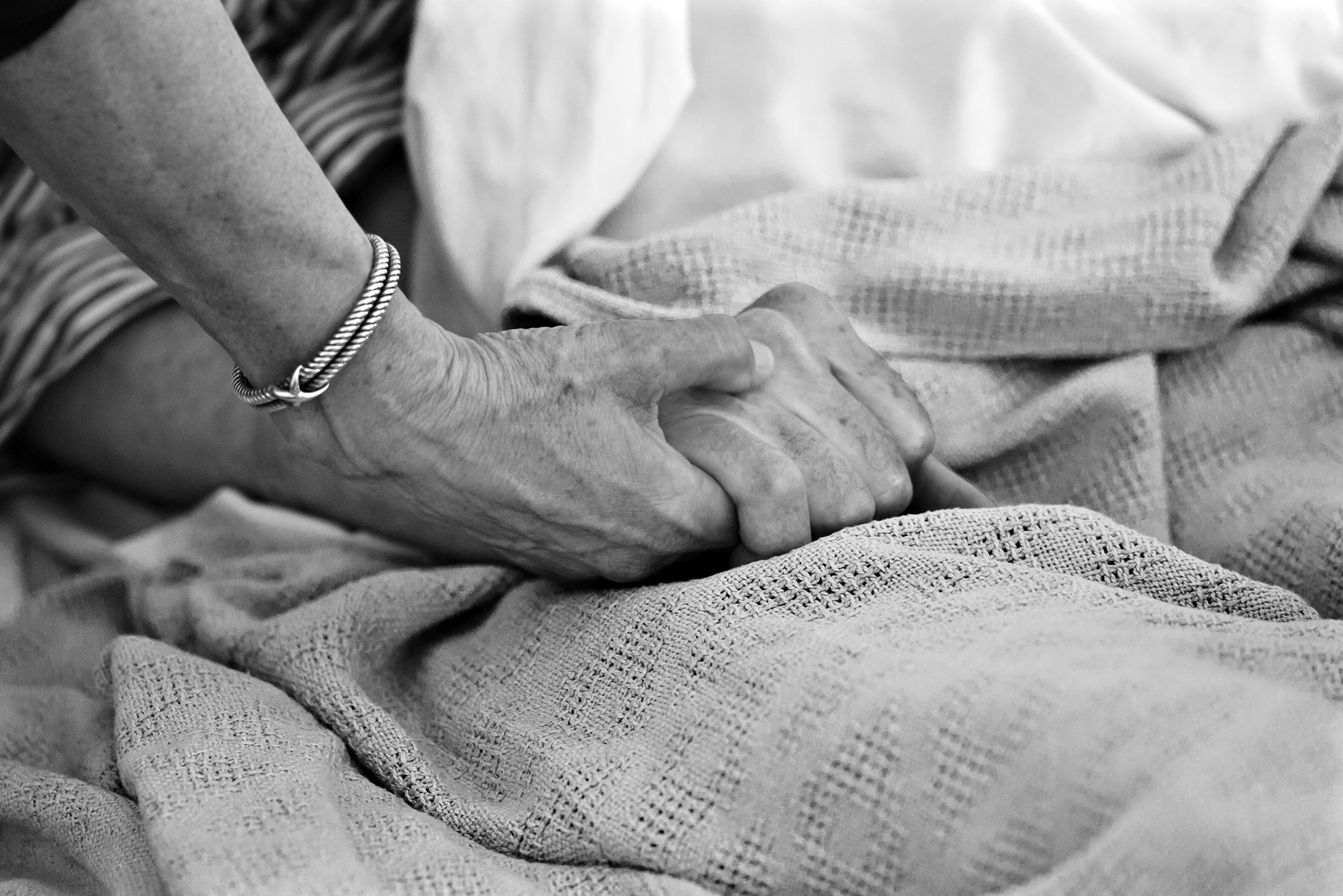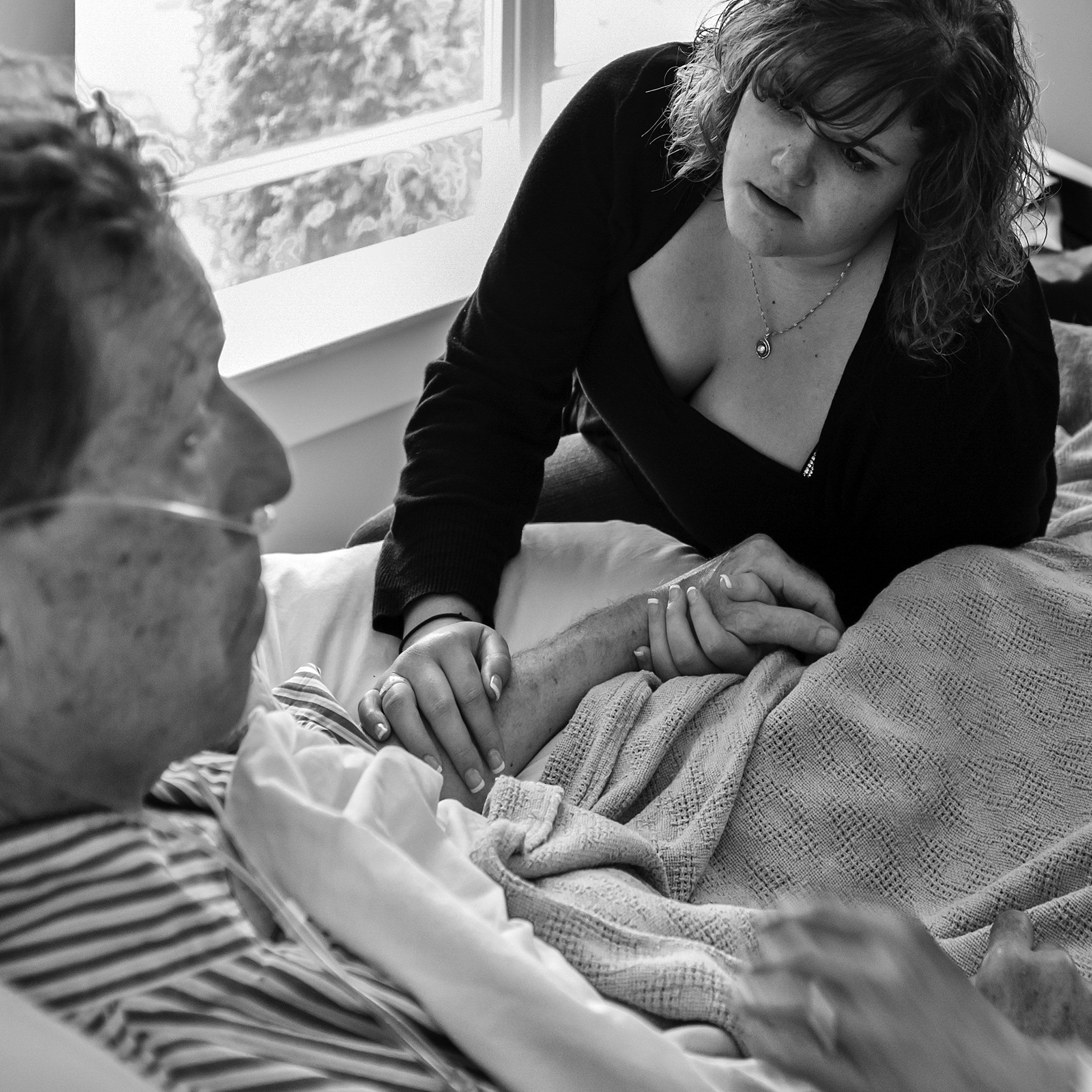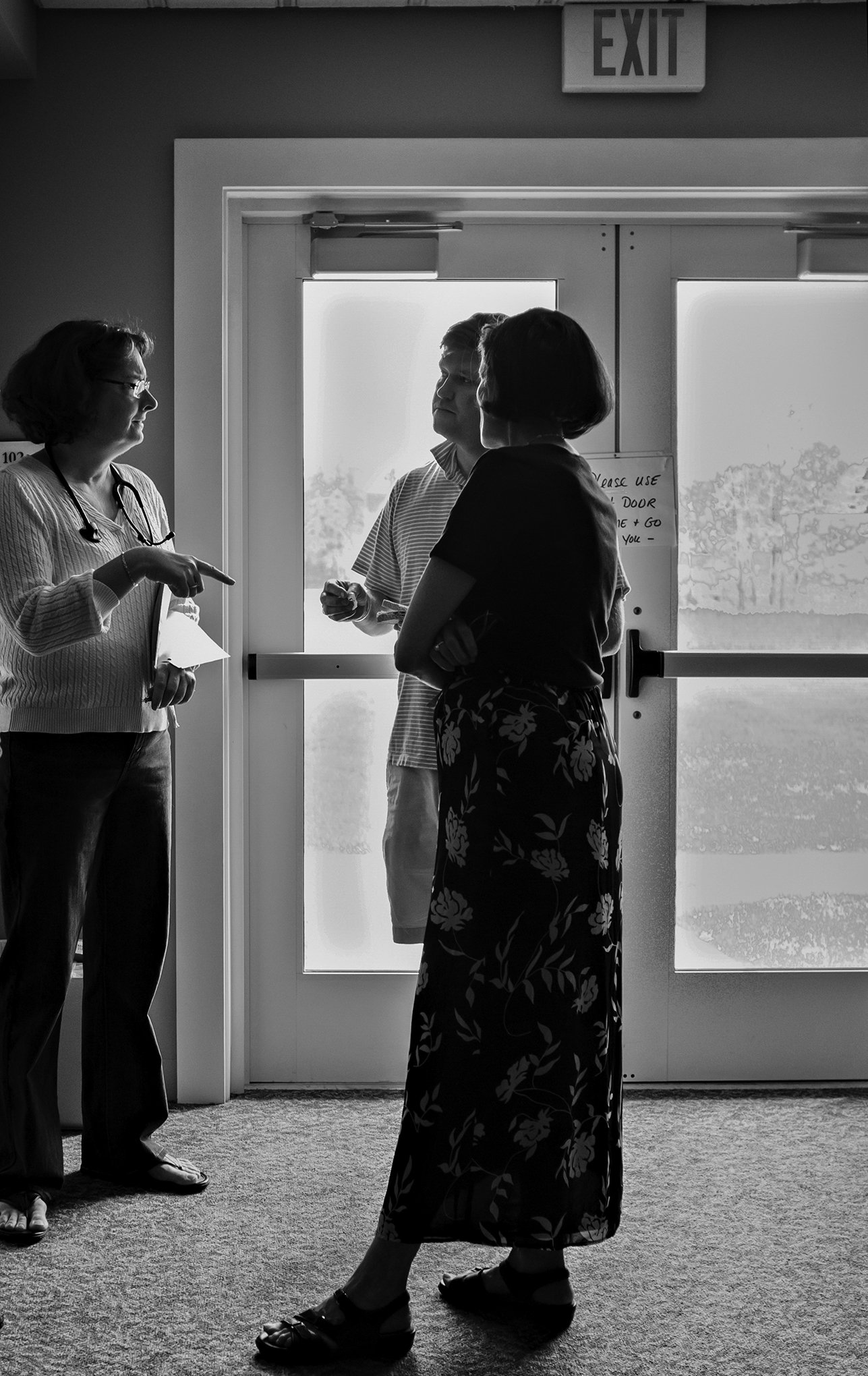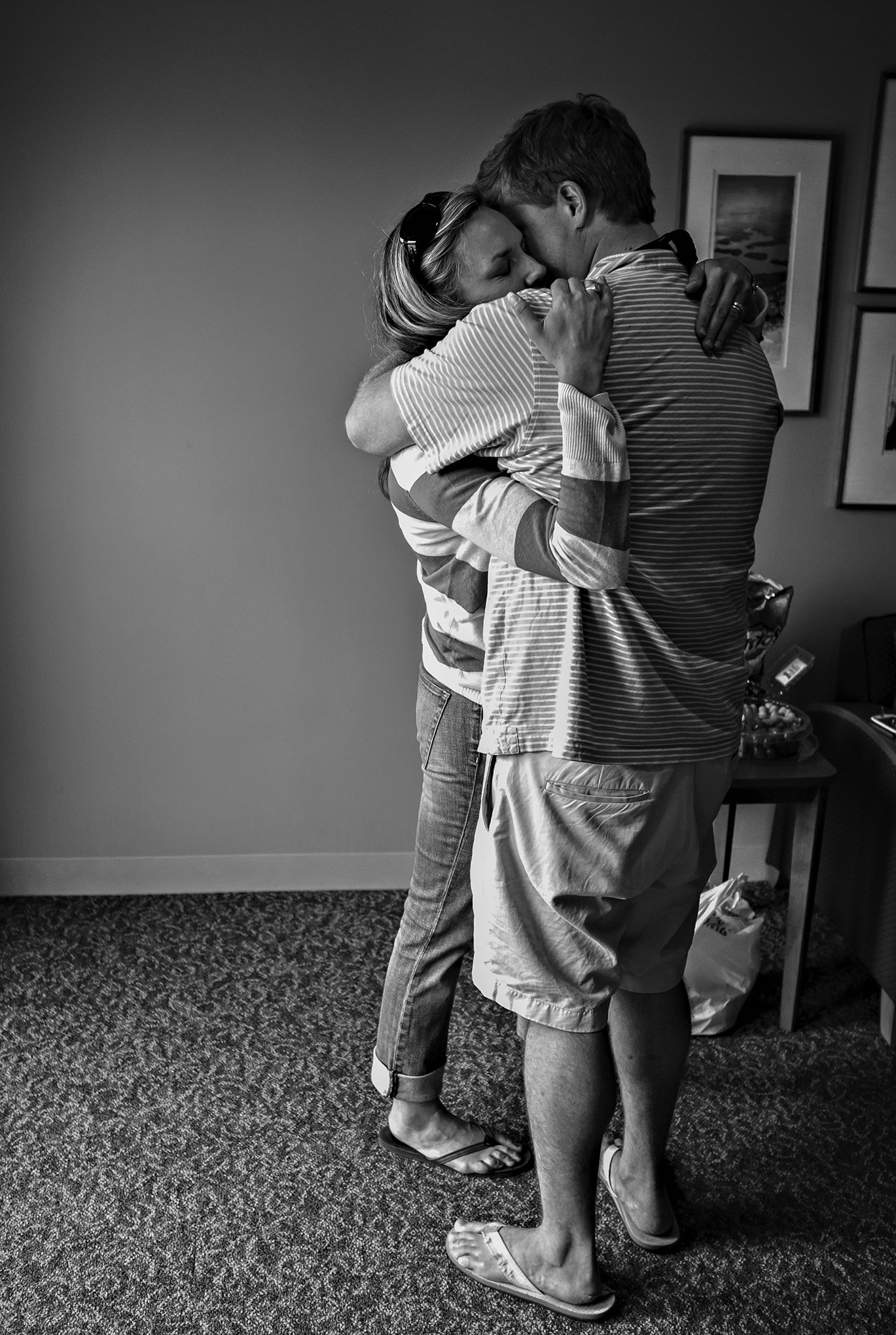The Last Day by B.D. Colen
We met, and became fast friends, our first day in college, probably because we were the only two freshmen in our dorm wearing jackets and ties, which told each of us on that September day in 1966 that the other was also a survivor of a New England boarding school. I quickly shed my ‘uniform’ of the previous five years – well, I shed the ties but kept the jackets, while my new friend wore both through four years of anti-war demonstrations, classes, and the usual college experiences of the 1960s.
We went followed very different paths after college – I continued working in newsrooms, which I had started doing in college, while he went into the ‘family business,’ becoming an Episcopal clergyman. I lead a, shockingly for the times, straight life, while he got himself in what the late civil rights leader and member of Congess John Lewis called “necessary trouble.” We were at each other’s weddings, in fact he assisted at mine, dressed in the monk-like garb of a divinity student. As time went on ours became the kind of friendship that allows for years to go by without contact, reuniting, whether in person or by phone, as though we had never been out of each other’s company. We would share the ups and downs in our very different lives, provide each other with what was usually thebad advice, go our own ways, and then reconnect further down the road.
I hadn’t seen or spoken with my friend in three years, since I had spent his 50th birthday weekend with him and his family at his home. Then I called him one morning in May of 2011, only to learn that he had recently been diagnosed with Stage Four adenocarcinoma of the lung. Given that he had been smoking all his life, and had spent months after 9/11 as a volunteer clergyman at Ground Zero, this news shouldn’t have come as a surprise. But of course it did. As did his telling me that he wasn’t going to have any treatment, and instead was moving in a few weeks to a hospice in New England, close to the home of his son, daughter-in-law, and his grandchildren. I did my best to try to get him to at least get second and third opinions, but he was adamant: Every specialist he’d seen had told him treatment would only delay the inevitable for a short time, and would make that time far worse than it needed to be.
So on a Sunday morning a few weeks later, I loaded my banjo – which I played very badly but my friend, also an awful banjo player, had asked me to bring with me, and my one year-old miniature Dachshund named Banjo, into my car and began what should have been about a 90 minute drive from my home to the hospice. The traffic was unusually heavy that morning, and I called him to say that I’d be a bit late. His wife took my call and told me that my friend had suffered a stroke about an hour earlier, and was in and out of consciousness, barely communicating. She said I could come if I wanted to, but…
When I finally got to the hospice about an hour later, my friend appeared to know that I was at his bedside, and said my name, but that was about it. It was obvious there wasn’t going to be any banjo playing, and the death watch had begun. My friend was surrounded and supported by his wife, two daughters, son, daughter-in-law, and a niece who had flown in that morning from the other side of the country, and hospice staff. I was obviously about an eighth wheel, and just faded into the background. But…I had brought my camera bag with me – I don’t leave home without a camera. And after about a half-hour doing nothing, I pulled my friend’s wife aside and quietly asked, “would you like me to take photos?” She looked at me as though I was insane, but then she began to think, and after about a minute’s silence she said, “go ahead.” So I did.
As those who have photographed in places they have found painful to be know, on a personal level the camera serves two very different purposes: It at once brings one into the heart of the scene being photographed, and at the same time it provides a kind of shield, a distancing mechanism, protecting one from dealing with what otherwise might be overwhelming emotions. Having to concentrate on making images allows one to shove those emotions into a kind of backroom of the mind, where they wait to emerge later when one is looking at the images one has made, or is just thinking about what has happened.
I stayed, photographing, for about six hours, until about 4:30 in the afternoon. During that time my friend’s high school roommate, who is also an Episcopal clergyman, came to spend time at the bedside. And during those same six hours the decision was made to withdraw the supplemental oxygen my friend had been receiving, and just provide pain relief. The time was also used to make aarrangements with a funeral home. I was home, trying to sleep, when the end came shortly after 1 a.m. – less than a half-hour after my friend’s brother had arrived from his home more than 2500 miles away.
Making the images you see here was both painful and cathartic. Should I have made them? I believe so. Was I intruding by photographing? If I know anything, I know my friend wouldn’t think so.



